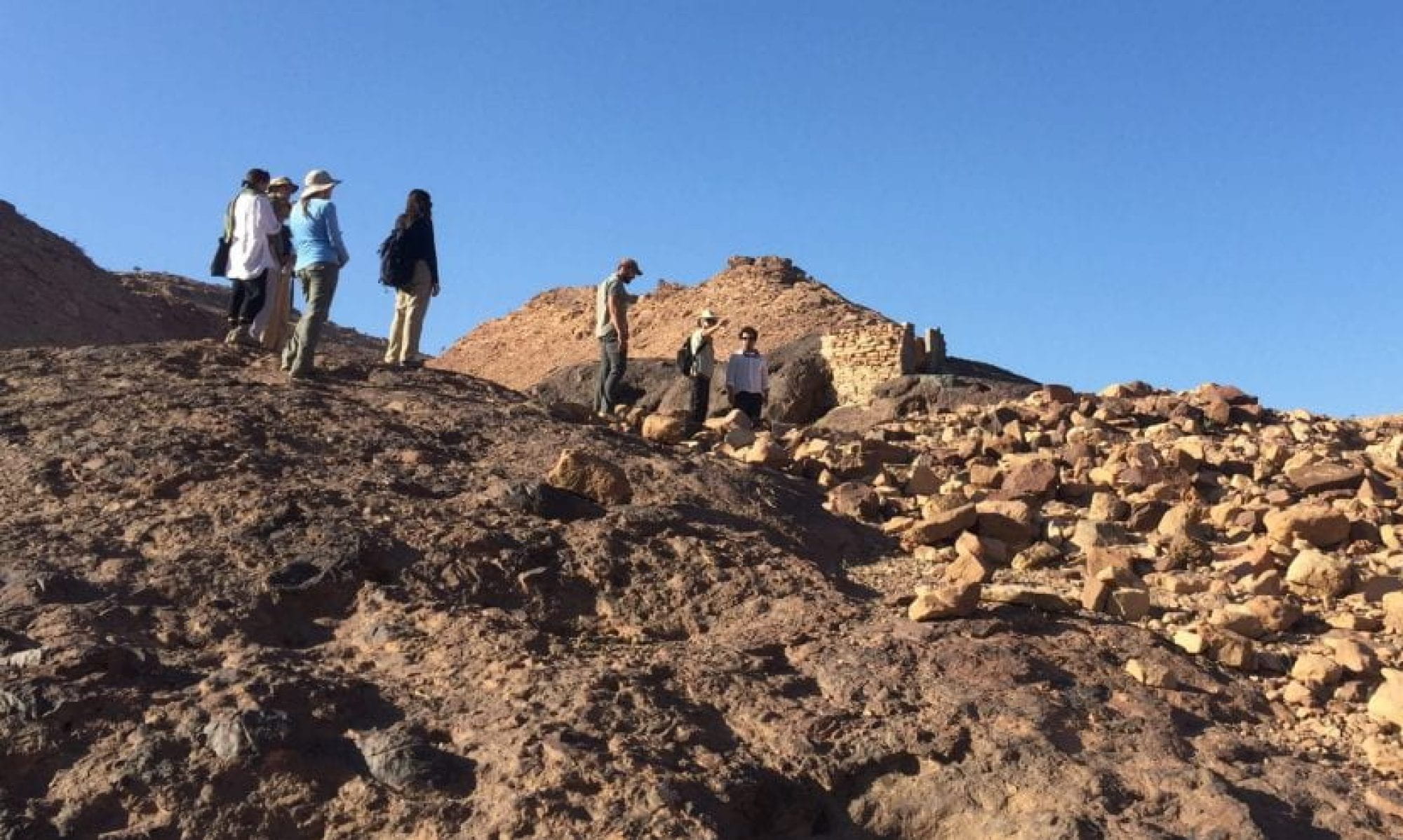Fabricating Material Histories:
From Artifact to Asset (c. 1870-1940)
Friday, March 7 4-6pm
Saturday, March 8 10:30-5:15pm
Rhode Island Hall 108
60 George Street I Providence, RI
Organizers:
Margaret Graves and Felipe Rojas
The antiquities market produces fakes. These are often moralized as base deception or even “guilty objects”, but they arise in direct response to the political and economic inequities that enabled the formation of a global antiquities markets. Whenever we explore cases of faking, forging, and fabricating physical history for the modern market, we are brought face-to-face with the transactional lives of antiquities. Ceramics, manuscripts, metalwork, paper and papyrus, mosaics, carved bone, stone, and mosaics: a globalized antiquities market is capable of turning almost any physical artifact into an asset. In the era c. 1870-1940, as models of banking that originated in colonial Europe went on to conquer much of the world, finance capitalism successfully developed mechanisms and frameworks for extracting artifacts—often from colonial territories—and transforming them into objects of desire, accumulation, and investment. Viewed in this light, it is only logical that formidable amounts of skilled labor and expertise were invested in the production of pastiches that mix old and new material, as well as in the production of full-blown, whole-cloth forgeries.
While the power to assess the monetary or cultural value and the authenticity of an object was often in the hands of European or American agents, crafting knowhow and skill were found also beyond Europe and the United States. Local craftsmen and merchants in colonial territories were implicated, knowingly or not, in sprawling systems of production of fakes. Written documentation of this shadow-side of the antiquities trade is rare. There exist, however, a very large number of modern-day antiquities that attest to the modern practices that made them, if we attend closely enough to their material qualities. Despite their ostensible cultural differences, forgeries of Safavid manuscripts, Aztec skulls, Māori sculptures, or Minoan statuettes can be fruitfully juxtaposed and compared because they were produced during the period under consideration for connected globalized markets. Moving beyond the authenticity-anxieties of connoisseurs or the “whodunnit” spectacle of popular forgery narratives, this workshop will explore the production of “inauthentic” antiquities as a critical site of embodied craft labor within an asymmetric economic world order.
This two-day conference is devoted to the study of fakes and forgeries. It focuses on objects made roughly between 1870 and 1940, a period that saw the rapid expansion of archaeological explorations and art markets worldwide. The organizers, Professors Margaret Graves and Felipe Rojas, will bring together a group of expert scholars, including archaeologists, art historians, material scientists, and curators, to explore the materiality and making of fakes and forgeries in historical context.
Speakers:
Miruna Achim
Martin Berger
Kathrin Colburn
Ken Lapatin
Irina Podgorny
Michael Press
Nur Sobers-Khan
Adam Sellen
Elizabeth Dospěl Williams
HOME | SCHEDULE | ABSTRACTS

